Applications of Tungsten Cemented Carbide Balls
- Details
- Category: Tungsten Information

Due to their excellent physical and chemical properties, tungsten cemented carbide balls are widely used in applications requiring high wear resistance, precision, and corrosion resistance, particularly in industry, manufacturing, energy, and precision instrumentation. The following are key application areas:
Environmental Adaptability of Tungsten Carbide Balls
- Details
- Category: Tungsten Information
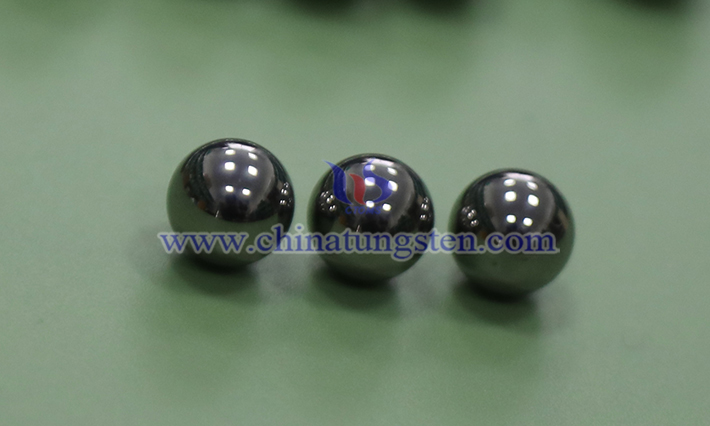
Tungsten Carbide Balls are made from a matrix of high-hardness, refractory metal carbides (such as WC and TiC), with binders such as cobalt and nickel added, and sintered using a powder metallurgy process. Their environmental adaptability is particularly outstanding under extreme operating conditions, as demonstrated in the following dimensions:
Toughness of Tungsten Cemented Carbide Balls
- Details
- Category: Tungsten Information
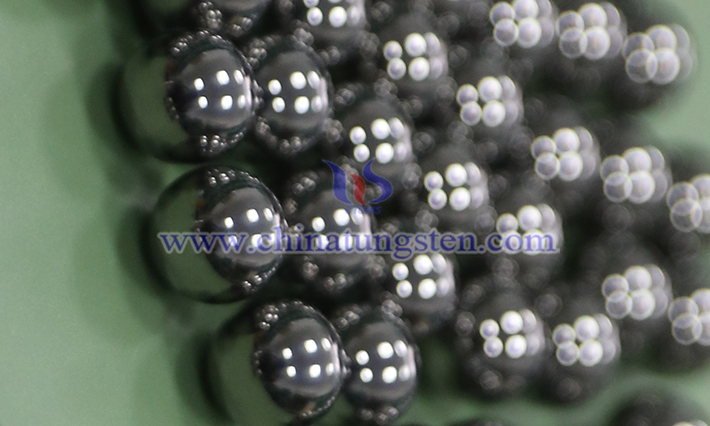
Tungsten cemented carbide balls are spherical materials made by sintering powder metallurgy with tungsten carbide (WC) as the hard phase and cobalt (Co), nickel (Ni), or molybdenum (Mo) as the binder phase. Their toughness performance is influenced by the composition, processing, and microstructure, requiring a comprehensive analysis from the perspectives of impact toughness and fracture toughness.
Strength of Tungsten Cemented Carbide Balls
- Details
- Category: Tungsten Information
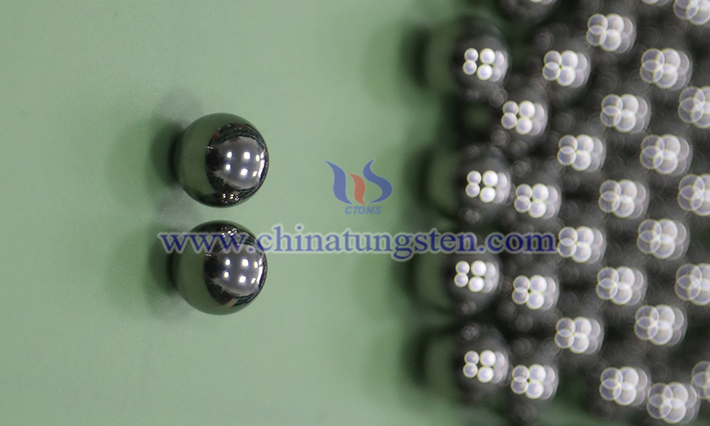
Due to their high hardness, high wear resistance, high compressive strength, and excellent bending resistance, tungsten cemented carbide balls are widely used in key applications such as high-load precision bearings, oilfield valve ball seals, and high-temperature mold components. Their strength characteristics stem from the combined effects of material composition, microstructure, and process control, as analyzed below:
Mechanical Properties of Tungsten Cemented Carbide Balls
- Details
- Category: Tungsten Information
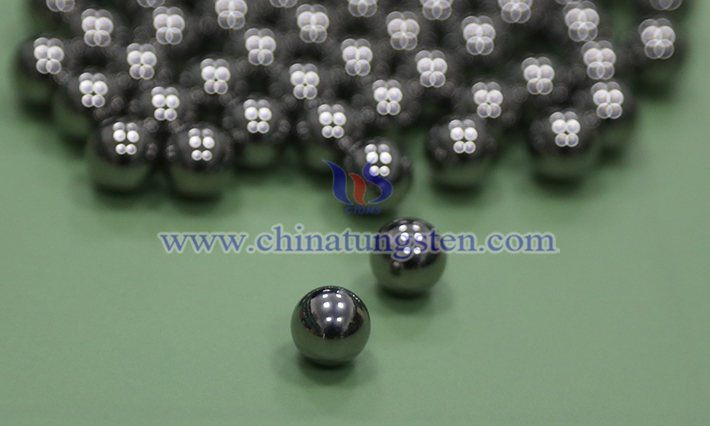
Tungsten cemented carbide balls are characterized by high hardness, high compressive strength, moderate flexural strength, low impact toughness, and excellent wear and corrosion resistance. This comprehensive combination of mechanical properties makes them an ideal material for high-load, harsh working conditions.
Oxidation Resistance of Tungsten Cemented Carbide Balls
- Details
- Category: Tungsten Information
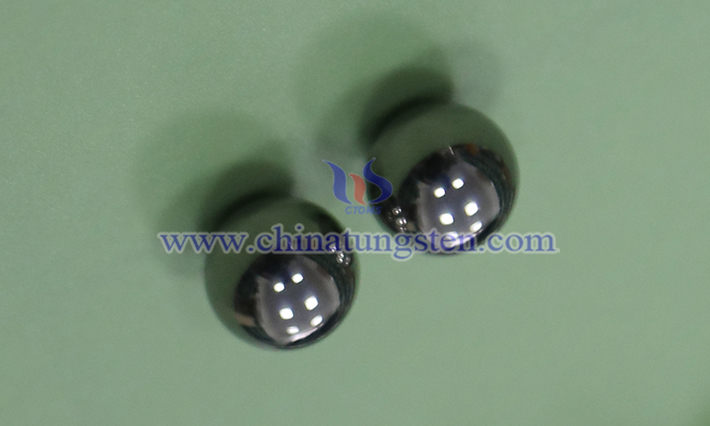
The excellent oxidation resistance of tungsten cemented carbide balls is primarily due to their material properties and optimized composition.
Chemical Stability of Tungsten Cemented Carbide Balls
- Details
- Category: Tungsten Information
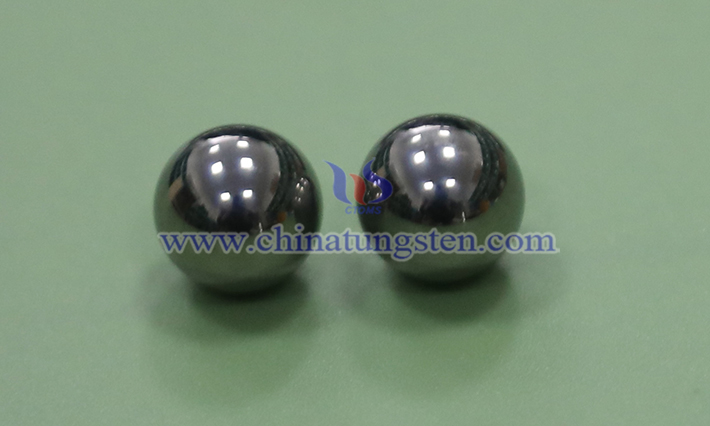
The excellent chemical stability of tungsten cemented carbide balls stems primarily from their unique material composition and powder metallurgy process, as demonstrated below:
Test Methods for Impact Resistance of Tungsten Cemented Carbide Balls
- Details
- Category: Tungsten Information
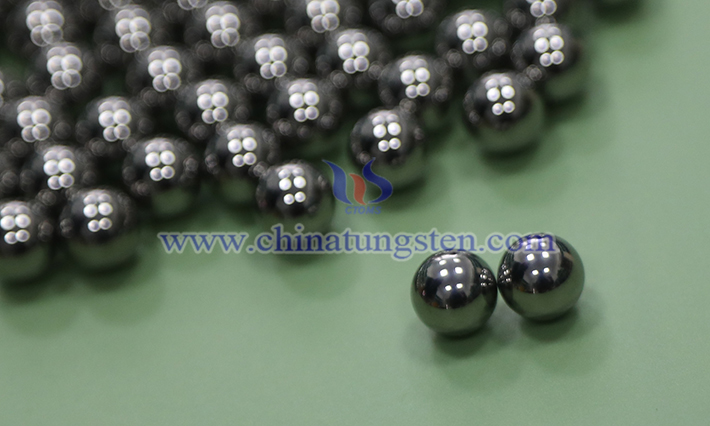
The impact resistance test of tungsten cemented carbide balls is an important method to evaluate their ability to resist damage when subjected to external force impact, and is usually used to test the strength, toughness and durability of tungsten cemented carbide balls.
Impact Resistance of Tungsten Cemented Carbide Balls
- Details
- Category: Tungsten Information
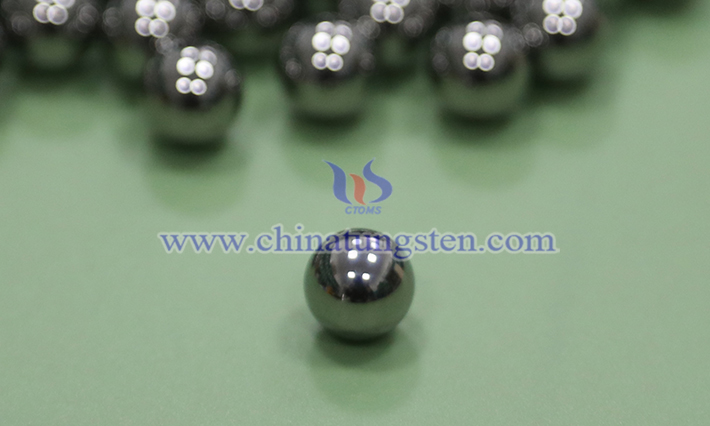
I. Impact Resistance of Tungsten Cemented Carbide Balls
Tungsten cemented carbide balls are made from a carbide matrix such as tungsten carbide (WC) or titanium carbide (TiC), sintered with a binder such as cobalt (Co), nickel (Ni), or molybdenum (Mo). Their impact resistance is primarily reflected in the following aspects:
Thermal Stability and Applications of Tungsten Cemented Carbide Balls
- Details
- Category: Tungsten Information
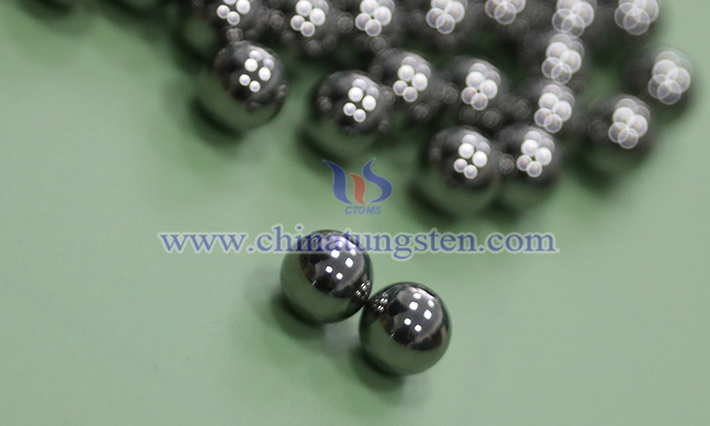
Tungsten cemented carbide balls are high-performance powder metallurgy products. They are primarily composed of tungsten carbide (WC), a high-hardness, refractory metal, with cobalt (Co), nickel (Ni), or molybdenum (Mo) as a binder, and are sintered in a vacuum furnace or hydrogen reduction furnace. Common series include YG, YN, YT, and YW. This material is highly valued for its excellent hardness, wear resistance, and corrosion resistance, while thermal stability is one of its core advantages in high-temperature environments.




 sales@chinatungsten.com
sales@chinatungsten.com